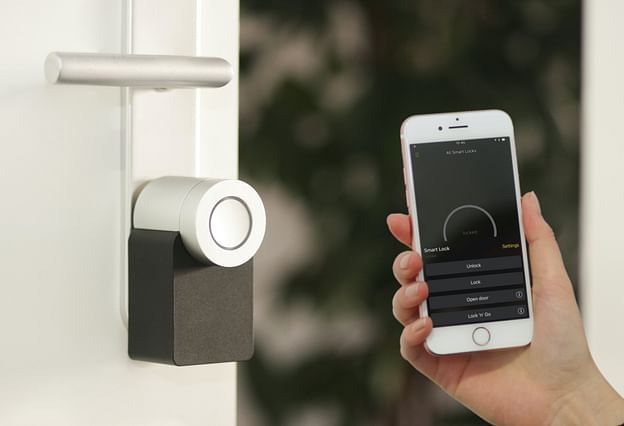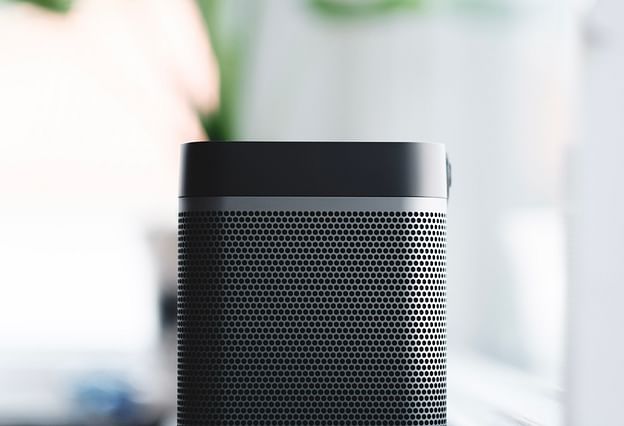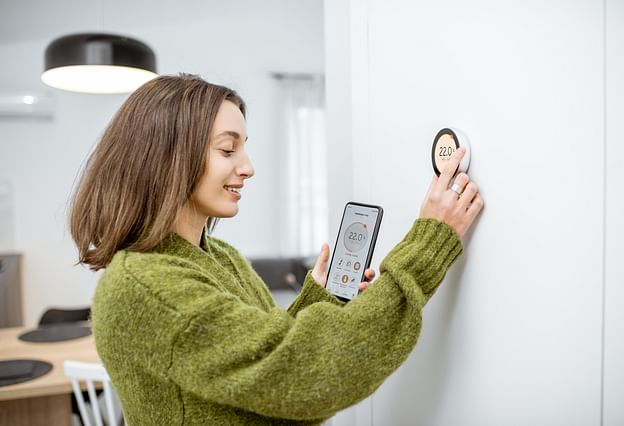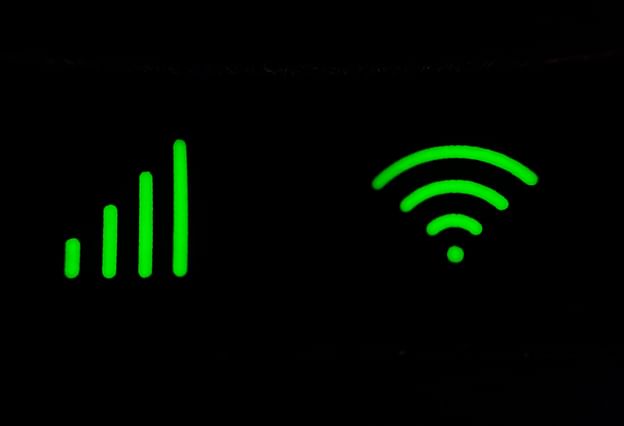How to monitor the temperature with an ESP8266 and Home assistant
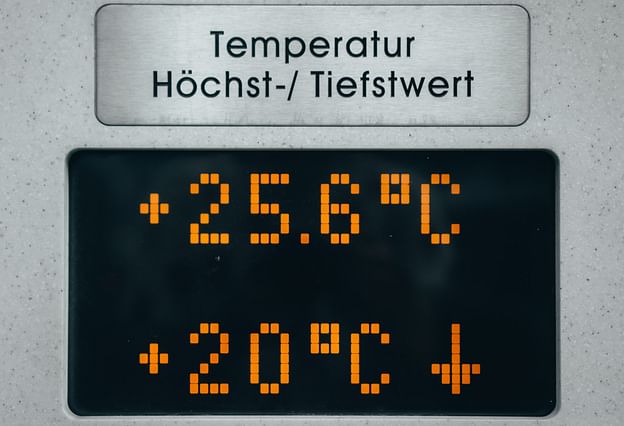
Temperature monitoring can help you optimize the temperature in your home, making it more comfortable and pleasant year-round. If you're curious about whether it's worth investing the time and effort into this endeavor, read on to learn more!
How Can Temperature Monitoring Help You?
Temperature monitoring is more than just creating cool graphs in Grafana - it can actually help you predict and improve your home environment throughout the year. By tracking indoor and outdoor temperatures you can make adjustments to make sure your house is comfortable all year long. For example, if you cover your windows during the summer months, will it actually keep your house cooler? Or will it result in a warmer house during winter? Temperature monitoring helps you answer these questions so you can make well-informed decisions.
What Are Some Benefits of Temperature Monitoring?
Investing time in temperature monitoring pays off by allowing you to plan ahead and make sure that your home is always at just the right temperature. It also saves you money since you won't have to use as much energy heating or cooling an uncomfortable space - instead, with accurate temperature data, you'll be able to adjust your thermostat precisely for maximum efficiency. Finally, monitoring temperatures over time helps identify potential problems such as hot spots or drafts that need additional attention.
What Do I Need To Start Temperature Monitoring?
Getting started with temperature monitoring doesn't have to be complicated or expensive - all you need is a thermometer (you can buy one online for as little as $20) and some basic software or application to track temperatures over time. Many companies offer cloud-based solutions that allow tracking real-time temperatures and easily integrating them into smart devices like Alexa or Google Home, so setting up takes minutes instead of hours! Once set up, all that's left is logging temperatures regularly so that trends become visible over weeks and months - giving valuable insights into how best to adjust internal climates of your home.
Here you can find instructions on how to read temperature sensors in Home Assistant!
Things you'll need for this project
| Product | Quantity | Where to find it |
|---|---|---|
| ESP8266 NodeMCU | 1 | https://amzn.to/3zUX5PY |
| DHT11 Temperature Humidity Sensor | 1 | https://amzn.to/3A0km3d |
